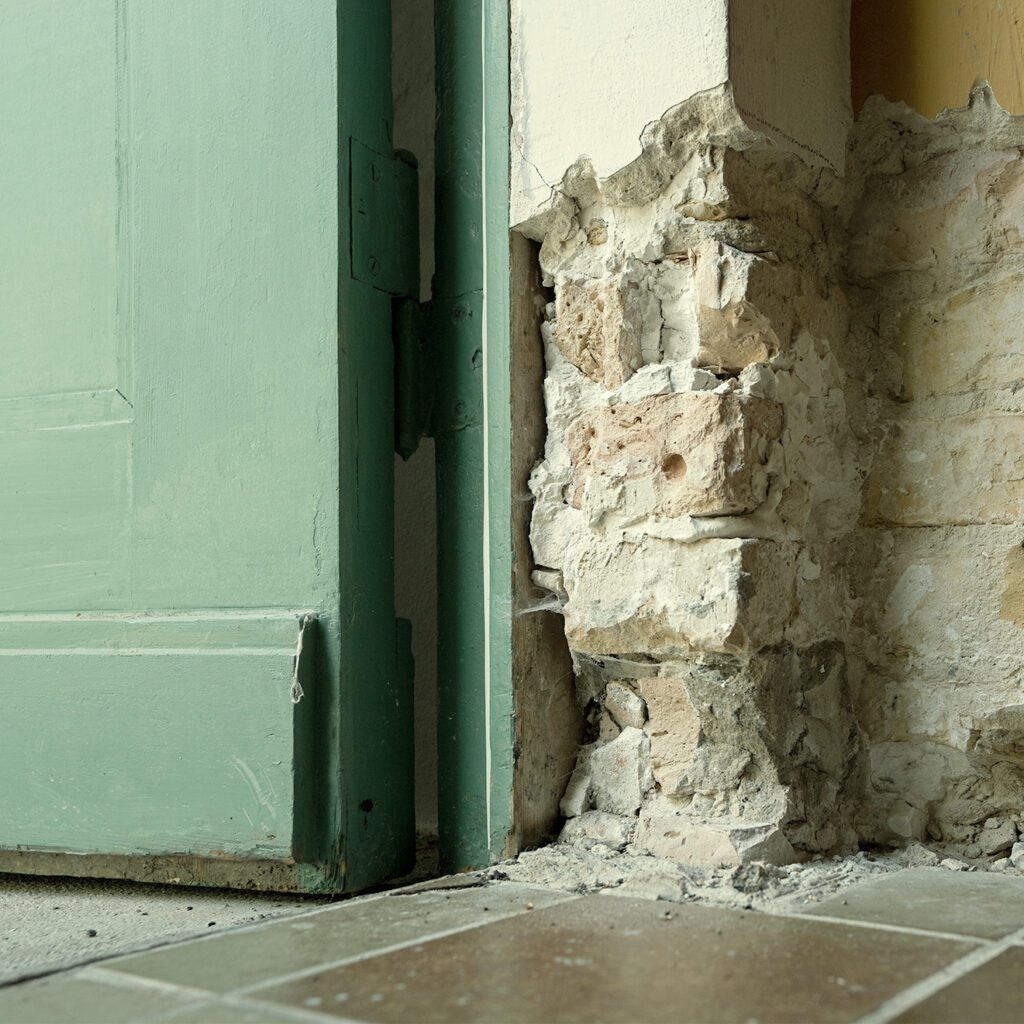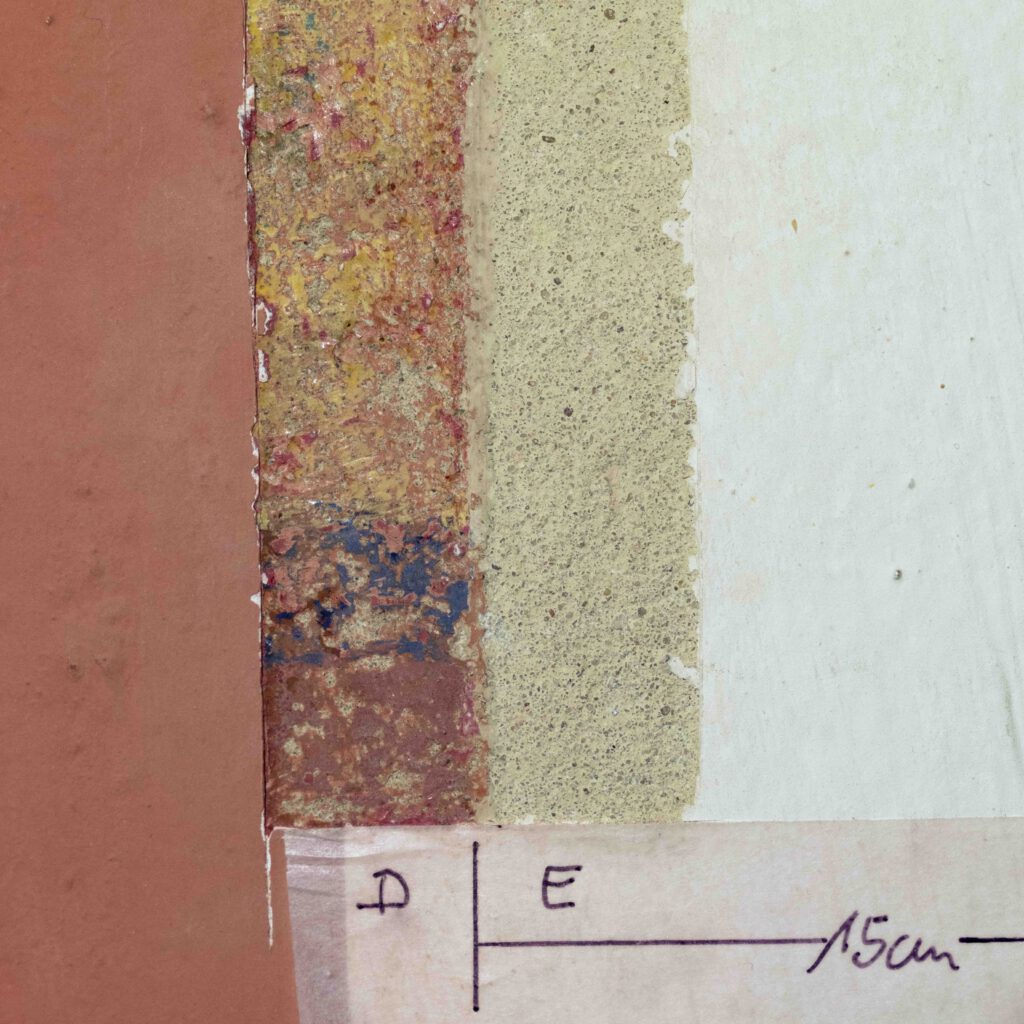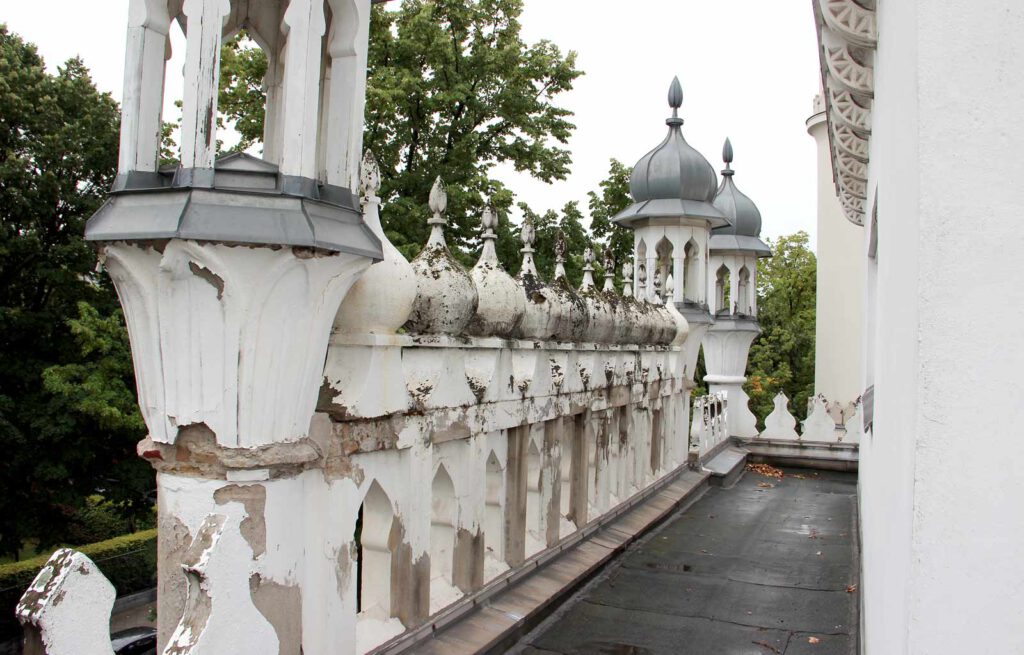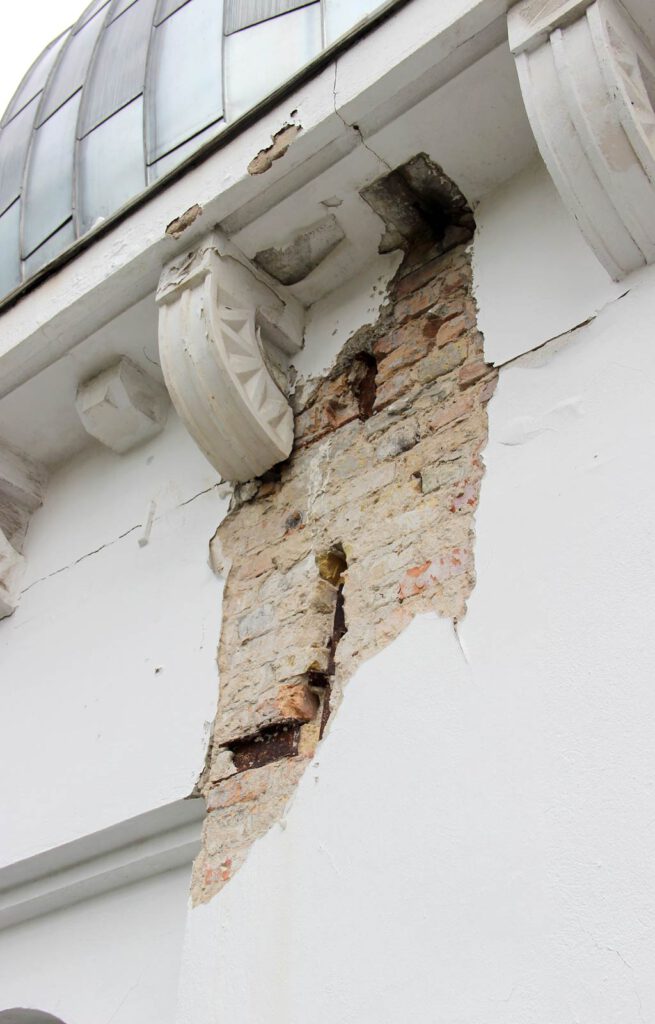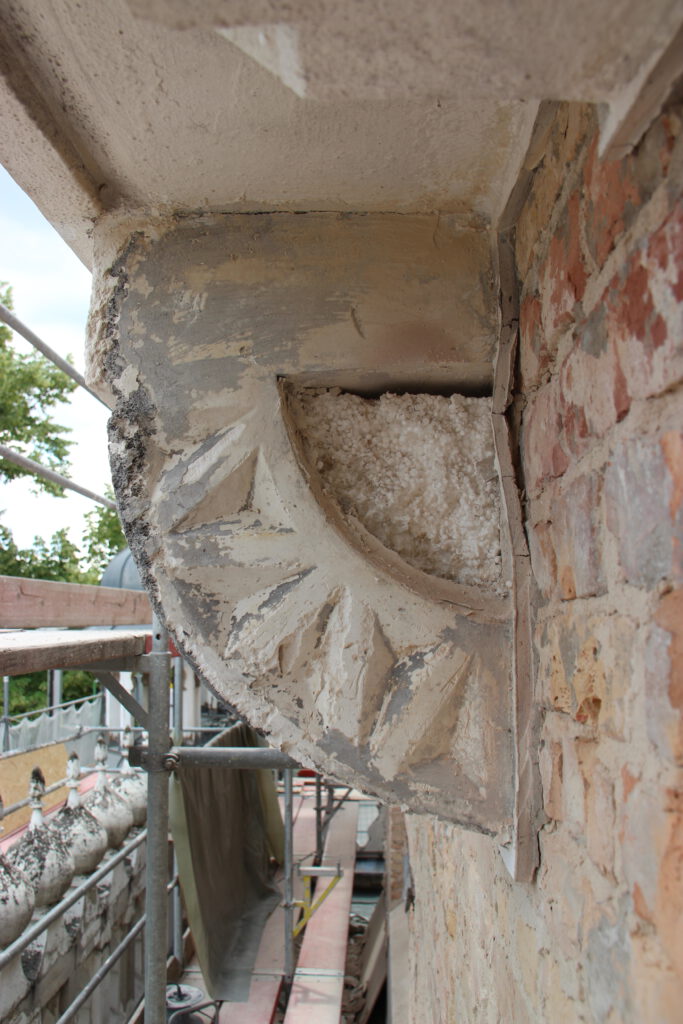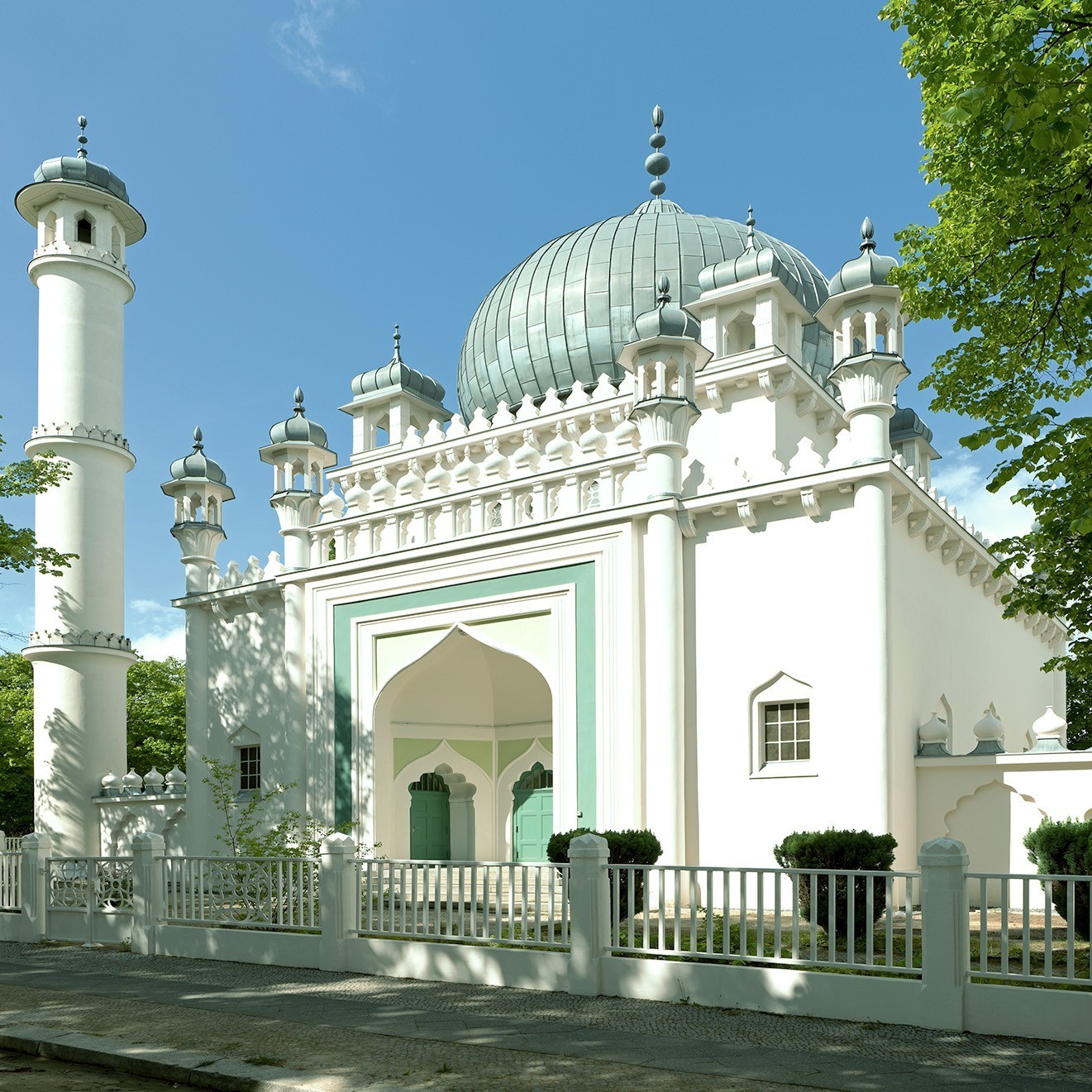
Wilmersdorf Mosque
Refurbishment and subsidy advice
Berlin
2013 - 2024
LP 1 - 9
The oldest mosque in Germany was renovated in several stages by D:4 in accordance with the preservation order.
Historical significance and architecture
The building of the Lahore Ahmadiyya community in Berlin-Wilmersdorf, which was planned from 1924 and opened in 1928, is considered to be the oldest surviving mosque in Germany. It offers space for almost 400 visitors and is located in the Wilmersdorf district of Berlin. The mosque impresses with its oriental architecture in the Mughal style, which is based on Indian models. The two 35 meter high minarets and the 26 meter high dome with a diameter of 10 meters give the building a striking appearance. Despite its exotic design, the mosque blends in with the local architecture thanks to the use of traditional German materials and techniques. It combines exotic influences with German building traditions: brickwork, wooden beam ceilings and a wooden roof construction, complemented by decorative elements and ornamental stencilling on the walls, door frames and columns. Karl Alfred Herrmann, the architect of the mosque, had originally also planned the design for a larger central mosque in Charlottenburg. However, this project was not realized for financial reasons.
War damage and reconstruction
The minarets, the dome and the imam's house were severely damaged during the Second World War. Provisional repairs were carried out in the following decades, but these did not always meet monument preservation standards and in some cases led to further structural damage. From the mid-1990s, a gradual renovation of the mosque complex began, including the reconstruction of the two minarets.


Remediation measures
We have been entrusted with the comprehensive refurbishment of the Wilmersdorf mosque since 2014. To date, the following measures have been successfully completed as part of the first refurbishment package:
- Renovation of the decorative elements and roof levels as well as the fencing
- Waterproofing work on the plinth area
- Renovation of the mosque shell
- Repair of the mihrab
- Facade renovation of the adjacent imam's house
- Interior renovation with dome and floor
The refurbishment of the Wilmersdorf mosque, which is in keeping with its listed status, safeguards it as a unique architectural monument and an important community center that meets the increased needs of the faithful and the importance of the mosque as a cultural heritage site.
Subsidies and financing
D:4 successfully acquired funding from the Federal Ministry of Culture, the State Monuments Office, the German Foundation for Monument Protection and the Stiftung Deutsche Klassenlotterie Berlin. In addition, we were able to register the mosque as a national cultural heritage site so that its continued existence is protected in the future.
"We appreciate the keen interest shown by them in completing the first phase, and the skill and diligence shown by the chief Architect and the rest of the staff, who kept a constant watch over the work. They have been holding constant discussions with the imam of the Mosque and the Executive Committee and that has added quality and strength to the renovation work."
Amir Aziz, Imam of the Lahore Ahmadiyya mosque community
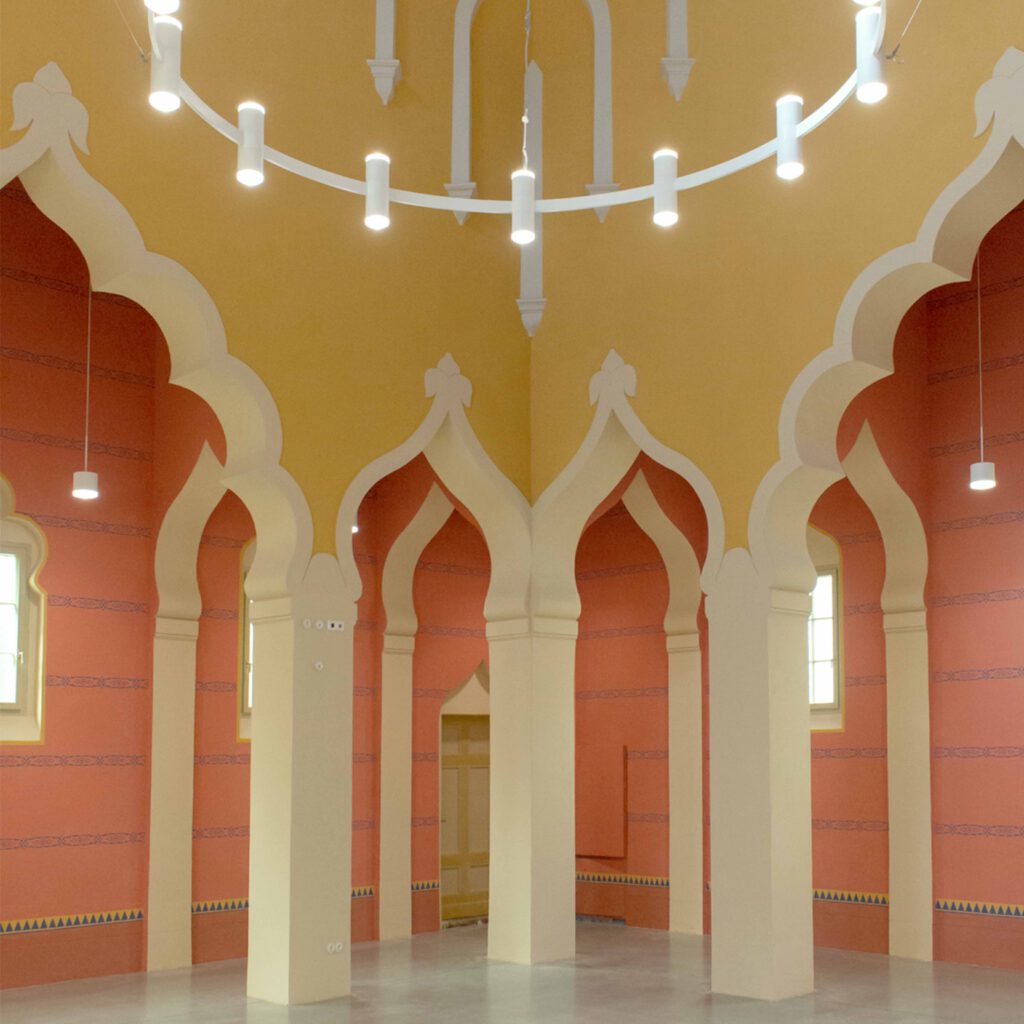

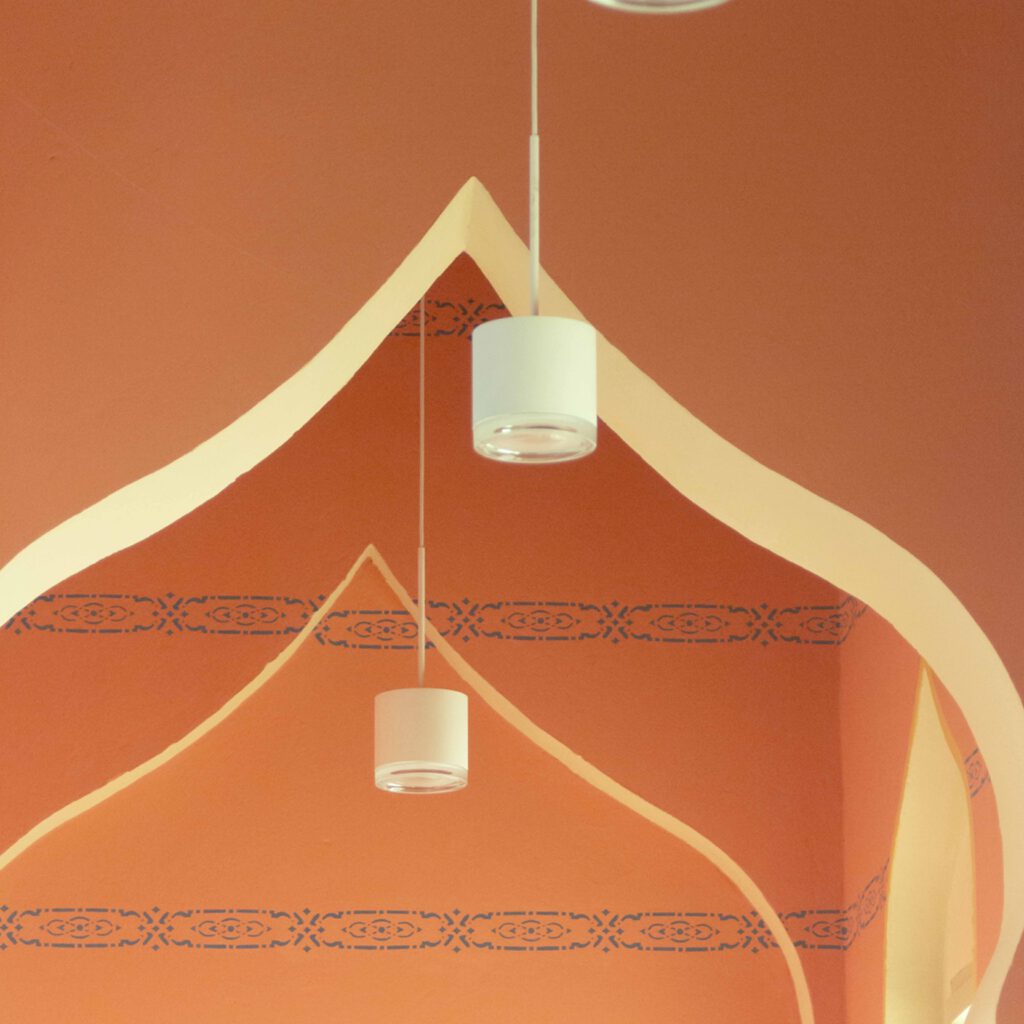
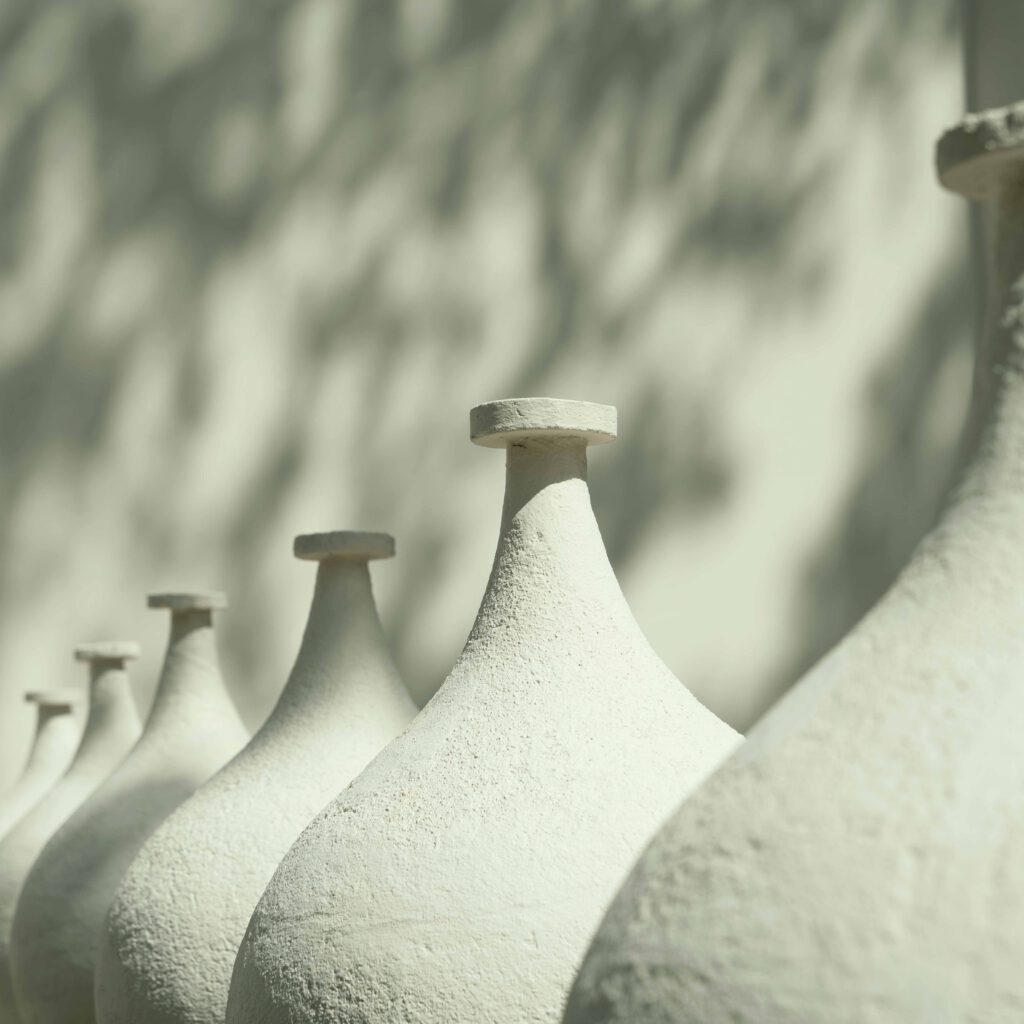
Expansion of the mosque: 7th construction phase - Feasibility study for the mosque expansion
As the community grew and requirements changed, it became necessary to expand the mosque. In the 7th construction phase, the mosque community commissioned D:4 with a feasibility study to examine the possibilities for a sustainable and functional extension.
The study comprises three central program points:
1. construction of a permanent wash house
The temporary wash container used to date is to be replaced by a permanent wash house. A direct, weatherproof connection to the mosque building is planned in order to improve accessibility and meet accessibility requirements.
2. creation of a new community room
In order to strengthen the economic foundation of the community, the establishment of an additional community room that can also be rented out to third parties is being examined.
3. construction of a second imam's apartment
Due to the growth of the congregation, it is necessary to create a second apartment for an additional imam.
Damage patterns before renovation
